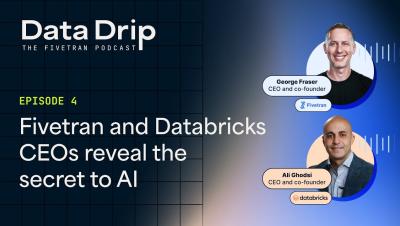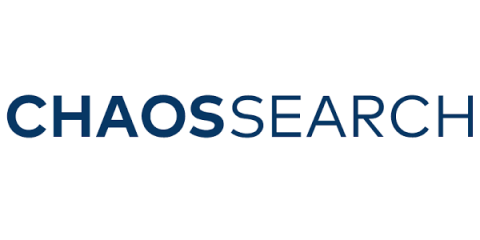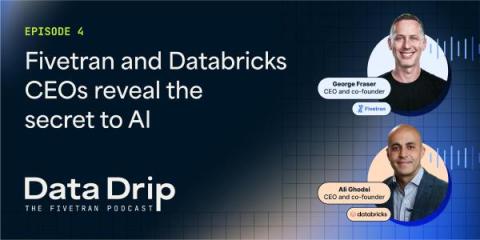What Is Data Reporting and How to Create Data Reports for Your Business
According to Gartner’s prediction, 90% of organizations will consider information the most valuable asset a business may have. And where does this information come from? Here’s a magic word – data. Even though many companies report making important decisions based on their gut feeling, 85% of them would like to improve the ways they use data insights to make business decisions.











